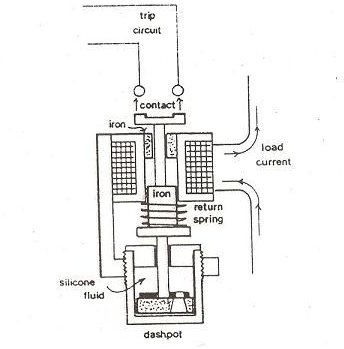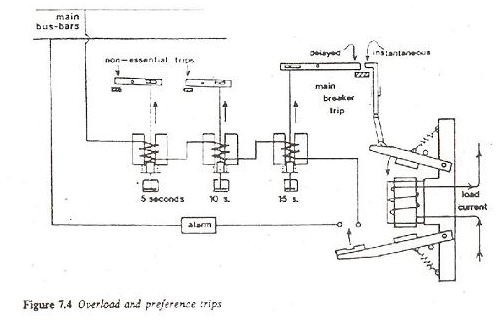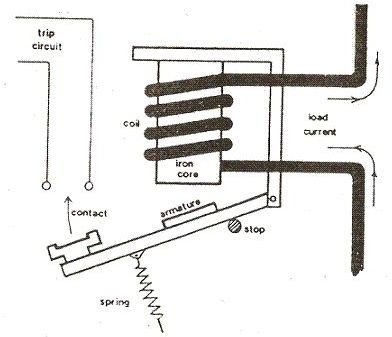Generator protection mechanisms on board a ship
Generator Protection Systems
You certainly are aware of a situation when the electric supply gets lost temporarily on land and how inconvenient it can be. Just imagine the similar situation on a ship sailing in the middle of the ocean with no external source of power. It is certainly an emergency situation and hence the best thing is to avoid such a situation in the first place. We have several mechanisms so ensure this and we will study one such system here.
Preferential trip is a part of the ship’s generator protection system. The tripping system is designed in such a way that it removes all non essential loads from the generator in case of overload or partial failure of supply, thus preventing main power loss on the bus-bar.
In order to learn about the working of preferential trip, it is essential to know about a combination of different trips such as instantaneous short circuit trip and overload trip. Let’s learn about these trips first. .
Instantaneous Short Circuit Trip
Construction
The trip consists of an electromagnet surrounded by a current coil (load current coil) and a small armature which is held by a spring.
Working
When the current increases in the coil due to short circuit or overload in the system, a magnetic field is produced in the system which makes the electromagnet to act as a magnet. The electromagnet tries to attract the armature against the spring resistance.When the overload current is enough to pull the armature against the spring force, a contact is made with the trip circuit which prevents the generator from damage. It might be of interest to note that a similar mechanism is used in the electrical door bells of the older type where a circuit is made and broken several times a second to produce the buzzing sound.
Overload Trip
Different types of overload trip are used for generator protection. An overload trip should be designed in such a way that it doesn’t trip the generator if the increase in load on the generator is only for a short duration. Short duration situations such as when the load is shared by an incoming generator or while operating the high load motors in which high current is needed only during motor starting . To make such system possible a time delay is provided.This time delay is provided by a dashpot type trip. The max time lag provided by this is 15 seconds.
Construction and Working of Dashpot Type Trip
It consists of a plunger, which gets attracted to a solenoid when excess current is there in the system. The piston can move only upwards, as silicone fluid is displaced from top to bottom through a small hole in the piston. The time lag is adjusted by the hole in the piston. If the hole is big time, the lag attained is less and vice versa. The reason for using silicone fluid is that its viscosity does not vary with temperature.

Working of Preferential Trip
As shown in the diagram, when overload current increases and reaches the lower loads of the system,the bottom lever pulls up and completes the circuit. The completion of the system gives an alarm signal and supplies current to the overload trips which are set for 5, 10 and 15 seconds delay.
If the overload current is extremely high,the upper levers of the system get trip, which instantaneously cuts off the the generator thus preventing it from any kind of damage.

Image Credits
Marine Electrical Equipment and Practice by H.D Mc George
